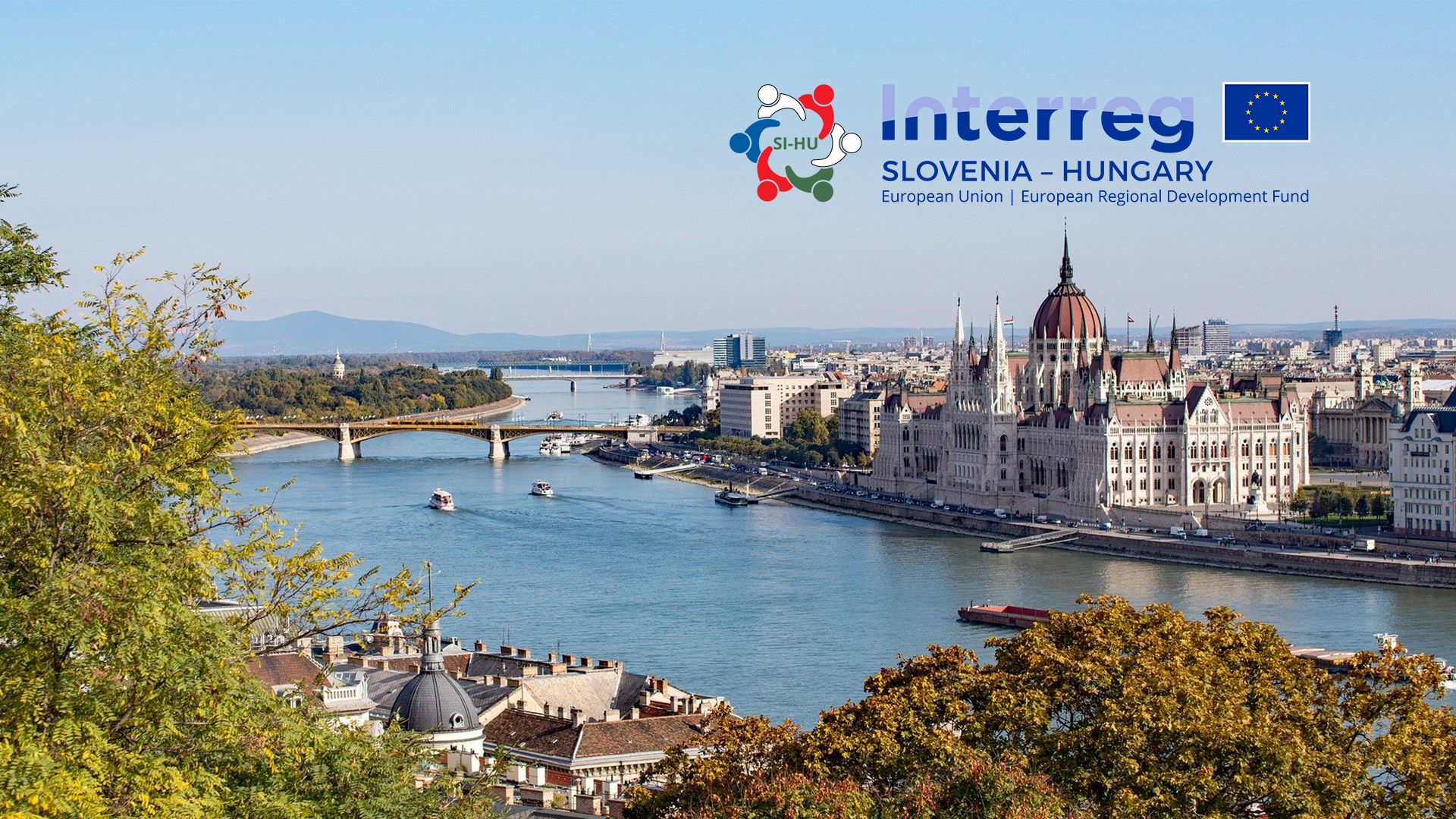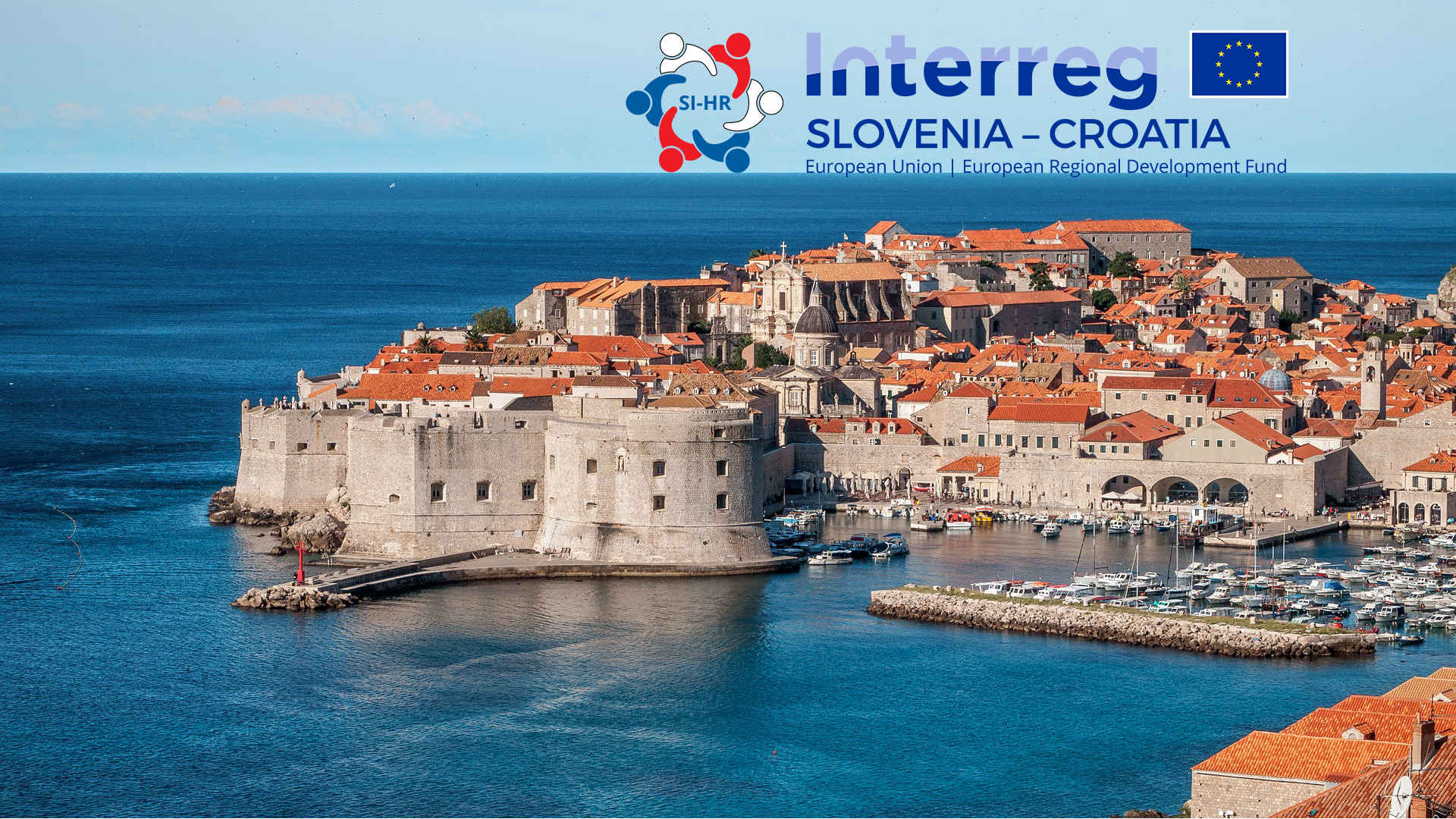The cross-border cooperation strand of the European territorial cooperation is part of the common Cohesion Policy that supports a balanced development across the European Union.
Cross-border cooperation, known as Interreg A, supports cooperation between NUTS III regions from at least two different member states lying directly on the borders or adjacent to them.
Core objectives of cross-border cooperation programmes are as follows:
- promoting economic and social development in regions on both sides of common borders;
- tackling common challenges in environment, public health, safety and security:
- promoting better conditions and modalities for ensuring the mobility of persons, goods and capital.
These objectives foster a common approach to adressing common issues/challenges in border regions, the implementation of joint measures and the exchange of policies, experience and knowledge between national, regional and local actors. The challenges facing EU member states and regions today increasingly transcend national borders and call for joint action. The funding under the European Regional Development Fund (ERDF) for cross-border projects is allocated on the basis of calls for proposals. The maximum rate of co-financing from the ERDF is 80% of the eligible costs. The funds are administered by the managing authorities responsible for the implementation of cross-border programmes. The highest decision-making body is the joint monitoring committee of each programme. In line with the lead partner principle, the lead partner takes full financial and legal responsibility for the implementation of the entire project and concludes a subsidy contract with the managing authority on behalf of the partnership.







